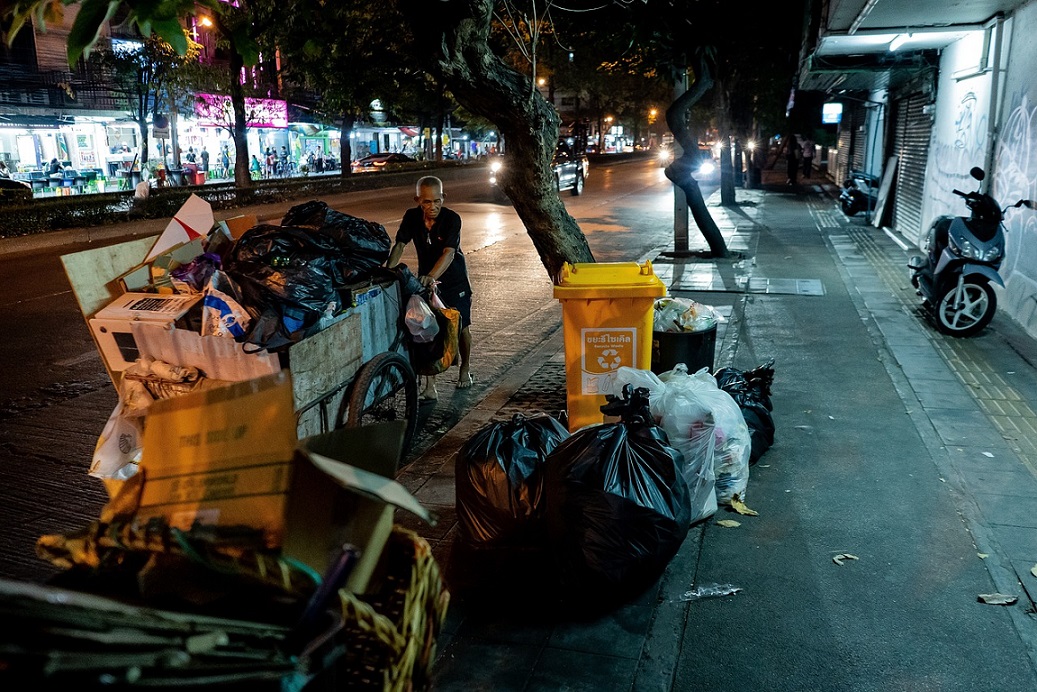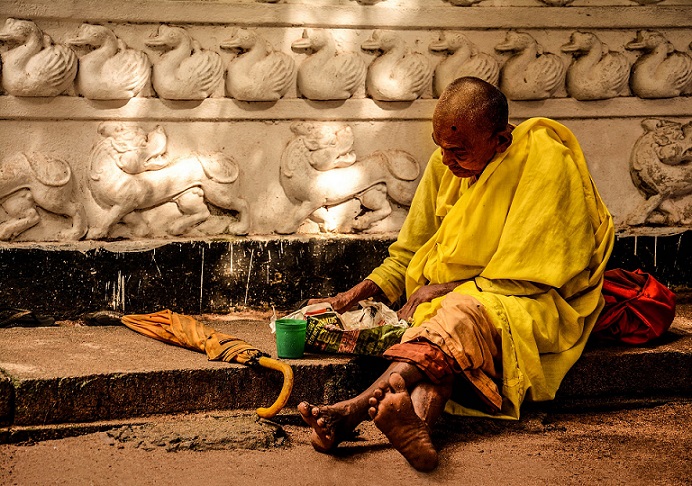More than 42 million inhabitants of Latin America and the Caribbean suffer from hunger. This is around 6.5% of their population, totalling 662 million. Persistent inequalities deepen food insecurity for the population who are in a situation of poverty.
 Sergio Ferrari
Sergio Ferrari
Today hunger is greater than during pre-Covid 19 times, with the additional problem of 248 million suffering from food insecurity and one in five people not able to consume a truly balanced and healthy diet. At this current time, on a global scale, almost one person in ten is going hungry.
This evidence is worrying: although some progress was made between 2021 and 2022 on the continent with regard to reducing hunger and food insecurity, these developments are far from the Sustainable Development for 2030’s goals of Objective 2: definitively eliminating hunger.
This is the conclusion of the report Latin America and the Caribbean – Regional Overview of Food Security and Nutrition 2023 created by several agencies of the United Nations: FAO (food and agriculture), UNICEF (for children), FIDA (farming development), OPS/OMS (health) and the World Food Programme, published in the first week of November.
T he FAO (Food and Agriculture Organization of the United Nations) played a pivotal role in the creation of this report and its so-called “indicator of the prevalence of undernourishment” (meaning a barometer of hunger) is derived from national data about the provision of food and its consumption, as well as the needs for energy in the population, considering age, sex and level of physical activity.
he FAO (Food and Agriculture Organization of the United Nations) played a pivotal role in the creation of this report and its so-called “indicator of the prevalence of undernourishment” (meaning a barometer of hunger) is derived from national data about the provision of food and its consumption, as well as the needs for energy in the population, considering age, sex and level of physical activity.
This indicator is designed to identify a chronic state of energy deprivation, that is, without considering the ephemeral effects of temporary crises. Between 2021 and 2022 in South America, the number of people starving decreased by 3.5 million. Nevertheless, the number of undernourished people rose by seven million in relation to the pre-pandemic figure. In Central America in 2022, more than nine million people suffered from starvation.
Across the Caribbean, 7.2 million experienced this extreme reality. There were 700,000 more people than in 2021 and Haiti recorded a higher level. Almost one in two Haitian people are today suffering from this scourge.
 The UN report indicates that food insecurity – both moderate and severe – in the region were far higher than the average global estimation, which encompasses 29.6% of their total population.
The UN report indicates that food insecurity – both moderate and severe – in the region were far higher than the average global estimation, which encompasses 29.6% of their total population.
Effectively, in 2022, 37% of inhabitants of Latin America and the Caribbean were affected by this condition. In absolute terms, 248 million people were forced to reduce the quality or quantity of their food intake (moderate food insecurity) and, in the most extreme cases, spend several days without eating, which put their health and wellbeing at serious risk (severe food insecurity). In South America in 2022, 36.4% of their population suffered from this situation. In Mesoamerica, it was 34.5% and in the Caribbean, 60.6%.
On the other hand, food insecurity in either of these two forms continues to affect more women than men, and has an 8% greater impact on rural areas than urban areas. PL
(Translated by Donna Davison. Email: donna_davison@hotmail.com) – Photos: Pixabay












.jpg)












